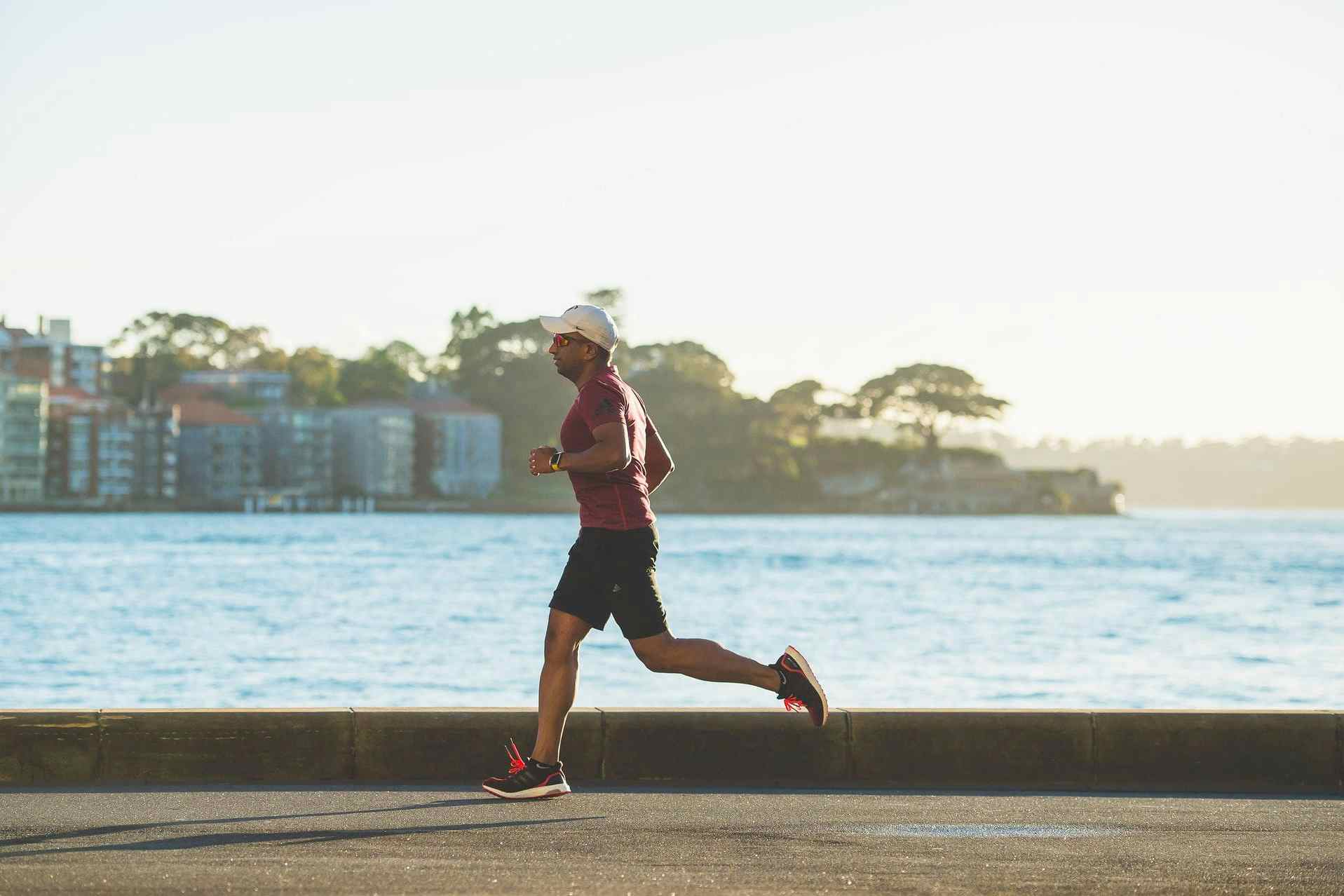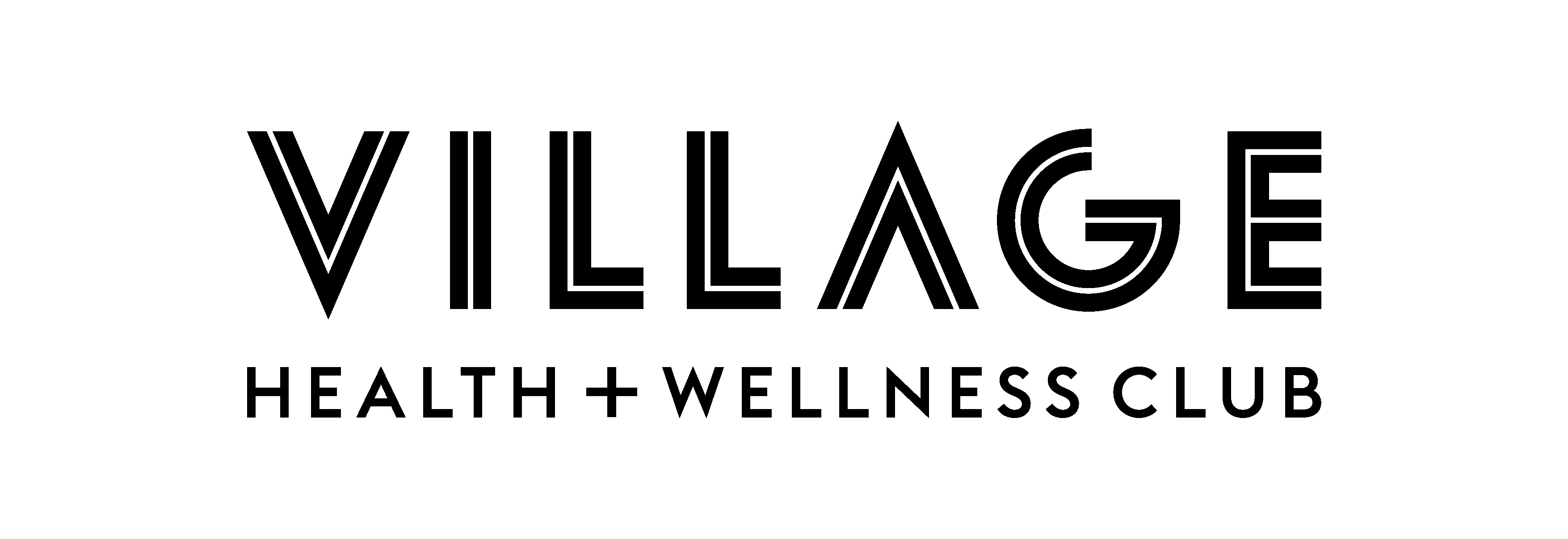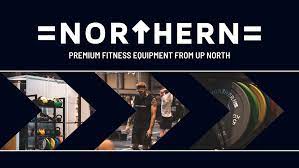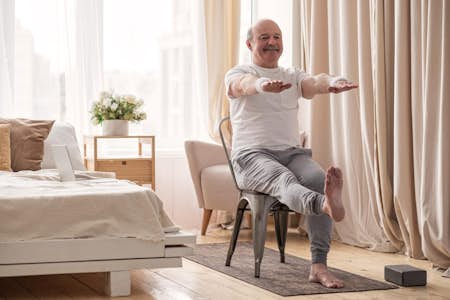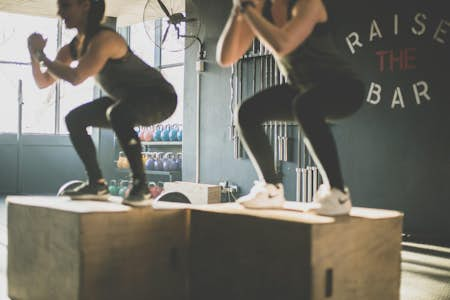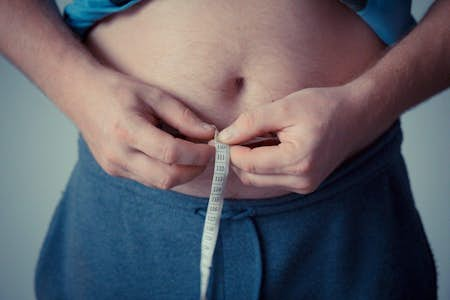Regular exercise has many health benefits, both physical and mental. It can also improve our social circle, allowing us to interact with a broader cross-section of society.
This article will provide a workout plan that can help you:
- Maintain a healthy body weight
- Reduce your risk of heart disease, other health conditions such as high blood pressure, and chronic conditions
- Reduce your risk of falls or injury by increasing your strength and mobility
- Improve your mental health through exercise
Ready to transform your life? Whether you're looking for a new pair of running shoes or some shiny home gym equipment, you can find everything you need to fuel your fitness journey with our partner brands.
What type of exercise is best for older people?
As with any population, older people are not a monolith. What exercises are best for one may not be best for another. But generally, older people are best suited to low or medium intensity workouts.
Cardio-based workouts are great for improving your heart health. In contrast, resistance-based workouts (weights and machines) are great for improving your strength and reducing injury risk.
Yoga, tai chi, and pilates are superb at improving mobility and may offer a decent aerobic workout for older adults.
But if you fancy getting into Olympic Weightlifting or running marathons, then your age should not prevent you from participating. The trick is to know your limitations and have the patience to overcome them.
The advice for an older person deciding on what exercises to start is pretty much identical to the advice for a younger person:
- Find something that you enjoy
- Learn how to perform it safely and effectively
- Be consistent
- Find ways to increase the challenge as you go
We spoke to Fran from Irish Fit Coach, who added: "As a health and fitness coach with a client base consisting primarily of men and women over 60, one of the benefits of participating in these regular classes is the social aspect. Many of the clients are newly retired and find it hard to come to terms with their new way of living, so attending regular classes two or three times a week is a great way to create a new routine while meeting people in similar circumstances.
"A critical aspect of fitness for the over-60s that people tend to forget about is balance. How vital balance and coordination can be in preventing falls which can cause huge issues for that age group. Doing a few simple exercises a few times a week will be paid back multifold in the future."
What type of exercises should older people not do?
There aren't too many exercises that older people should avoid unless they have a specific health condition or disability. That said, full-contact sports such as rugby may be best avoided. Still, some adaptations of sports, like walking football, can suit older adults.
If you are healthy and injury-free, without any mobility issues, then feel free to start any form of exercise that you want to. Age itself shouldn't make much difference to your capabilities.
The only thing to consider is that getting injured can be more of an issue when you're 60 rather than 20. This is because it can take longer to recover, have more impact on your lifestyle, and age-related conditions such as osteoporosis can exacerbate injuries.
Therefore you should take fewer risks and focus more on perfecting your technique.
Benefits of exercise
There are many benefits of exercise, especially as you get older:
- Increases independence - As we age, our independence can slowly diminish. Long term injuries or frailties can prevent us from carrying those boxes up to the loft or carrying the shopping home. This may not be affecting you now, but what about in ten or twenty years? Exercise can reverse this trend. Not only can it help you to build strength and endurance, but it also increases your robustness.
- Reduces risk of illness and disease - You probably can't avoid illness and disease indefinitely. Still, you can reduce the risk by leading a healthy lifestyle and potentially extend your life by decades. Your quality of life should also see a marked increase.
- Improves mental health and cognition - Raising your heart rate via exercise naturally provides mood enhancement, thanks to endorphins being released as you train. The link between exercise and a reduced risk of depression is well established. What is less well known is the link between improved cognition and exercise. Improved memory, attention, and speed of thought have all been linked with physical activity in older people.
- Reduces body fat - Maintaining or losing weight can be difficult as you age. Your metabolism can slow down as you begin to lose muscle mass. Exercise, particularly when paired with a nutritious diet, can help reverse the drop in metabolism and lead to a reduction in body fat and an increase in lean muscle.
- Increases your social circle - While this is not the case for everyone, many people find that they get lonelier as they age. 2 million people in England aged over 75 reported not speaking to a friend or family member in the last month. Joining an exercise class, fitness boot camp, or gym can really help you interact with others. Exercise can also help boost self-confidence, and we've already established how it can help with mental health.
Exercise for older people
The rest of this article will be dedicated to creating a workout that you can follow in the gym. It will be a combination of aerobic exercise and strength training. It is aimed at beginners and older beginners specifically.
The aerobic activity will focus on low-intensity steady state (LISS) training. This sounds a lot more complex than it is. LISS can be brisk walking in your local park for 40-60 minutes, biking in a gym, swimming at a slow pace, or even water aerobics.
Strength training will focus on balance exercises such as box squats and improving your strength using several compound movements (exercises that work multiple muscle groups).
Your exercise program
The exercise routine you will be following is three days of strength training and two days of aerobic exercise. This should give you more than enough time to recover after your workouts while providing maximum results.
If this doesn't fit into your current routine, you could probably manage without the cardio sessions and stick to three strength training workouts per week. Alternatively, you could add some cardio to the end of your workouts.
However, this needs to fit your life, and if you feel that you can only manage one workout per week, that's fine. It's better to perform one workout per week for a year than to perform five workouts per week for two months before giving up!
Exercise descriptions
There are 18 exercises to look at. They are all quite basic, but this will suit new gym-goers perfectly. After 8-12 weeks, you will be ready to learn new variations. In the meantime, these exercises will help you build body strength and improve your coordination and mobility.
Chest exercises
Push-ups
The most well-known exercise for the chest, shoulders, and triceps. Place your hands flat on the floor, shoulder-width apart, then make sure that there is a straight line from your shoulders down to your heels, keeping your hips flat.
Take a deep breath and then lower your chest down to the ground, pause when it is almost touching, then drive back upwards. Keep your elbows at a 45-degree angle from your sides when lowering yourself.
Push-ups (on knees)
While push-ups are great, they can be challenging for beginners to perform. If this is the case for you, you can make it easier by dropping your knees to the floor and raising your feet up behind you.
Chest Press Machine
Set the chest press machine so that the handles align with your chest. Keep your head and upper back flat against the seat, take a deep breath and then push the handles forwards until your arms are almost fully extended. Breathe out as you do so. Pause, and then slowly return your arms to the starting position.
Back exercises
Lat Pulldown Machine
Place your knees underneath the pads, grab hold of the bar using a wide grip. Push your chest out and lean back slightly. This is your starting position. Pull the bar down towards your chest, pause, and then slowly return the bar to the starting position.
Assisted Pull Up Machine
Only attempt this if your gym has an assisted pull up machine. Theoretically, you can recreate this with resistance bands, but a better option would be to use a lat pulldown instead.
Unlike most resistance machines, assisted pull up machines use a counterweight. So the heavier the weight setting, the easier it is. Set the machine to a similar weight to your own and place your knees on the pad.
Grab hold of each handle, push your chest out, lean back slightly and keep your hips flat. Then pull yourself up until your collar bone is level with the handles. Pause, and then slowly lower yourself to the starting position.
Seated Cable Row Machine
Place your feet on the pads, grab a handle in each hand, push your chest out and lean back slightly. Keeping your back still, pull the handles towards your upper abdomen. Pause, and then slowly return the handles to the starting position.
Shoulder exercises
Seated Dumbbell Shoulder Press
Set an exercise bench up so that you can sit fully upright, rest a dumbbell on each knee held in a tight fist. Take a deep breath and then push each dumbbell up to shoulder height; you can use your knee to gain some momentum.
Bring your elbows out to the side, then raise both dumbbells up in the air as you breathe out. Once the dumbbells are above your head, bring them towards each other in an arc. Pause, and then return to shoulder height.
Cable Face Pulls
For this exercise, you will need a cable station with a rope attachment set to high. Use a low weight for this exercise. Grab a rope handle in each hand using an overhand grip. Pull the rope towards you and take a few steps backwards.
Keeping your elbows high throughout, pull the handles either side of your face so that the centre of the rope is travelling towards your forehead. Pause when you feel the stretch in the back of your shoulders, then slowly return the handles to the original position.
Standing Lateral Raises
Stand upright, holding a dumbbell in each hand, have them by your sides. Take a deep breath, then, with a very slight bend in your arms, raise them out to the sides. Pause, and then lower them back to the start.
Leg exercises
Box Squat
Place a bench, chair, or box behind you. Make sure that the box can hold your weight. Set your feet shoulder-width apart with toes pointed out. Push your chest out and pull your shoulders back.
Take a deep breath and then push your hips backwards and sit onto the box. Just as you touch the box, pause and then drive back upwards.
Leg Extension Machine
Sit on the seat with your lower and upper back flat against it. Your knees should be in line with the end of the seat. Pull the lever so that your feet are beneath the pads and below (and slightly behind) your knees.
Grab hold of the handles beside you, and take a deep breath. Then push your feet up against the pad until your legs are parallel with the floor. Breathe out as you do so. Pause, and then lower the pad back to the start.
Leg Curl Machine
Sit on the seat with your legs straight out in front of you, with your feet resting on the pad and your thighs underneath the other pad. Ensure that your lower and upper back are flush with the seat. Hold the handles beside you, take a deep breath and curl your feet underneath your seat. Pause, and then slowly return.
Leg Press
There are at least two types of leg press, a flat one and a 45-degree angle one. The main difference is that you push yourself away from your feet with flat leg presses, while with 45-degree angle leg presses, you push your feet away from you. Check the instructions on the machine or ask a staff member to help you.
Dumbbell Goblet Squat
Hold a dumbbell in two hands like you would hold a goblet. Place your feet shoulder-width apart with toes pointing out. Push your chest out and pull your shoulders back. Take a deep breath and then lower yourself into a sitting position, keeping your heels flat on the floor. Pause when your thighs are parallel with the floor, then drive back upwards.
Dumbbell Deadlift
Place a dumbbell on its side on the floor, then stand over it so that your feet are shoulder-width apart with the dumbbell in between them. Grab hold of the dumbbell head with both hands. Push your chest forwards and your shoulders backwards until your back is nice and straight.
Pause, and then lift the dumbbell up by pushing your hips forwards and standing upright. Pause, and slowly move your hips backwards until the dumbbell touches the floor again.
Abdominal exercises
Reverse Sit-Up
Sit-ups are a great abdominal exercise but can be very hard for beginners to perform. A reverse sit-up is a lot easier. Get into the sit-up position with your feet flat on the floor, knees bent, and upper back and head resting on the floor.
Brace your abs (imagine you are about to get punched in the stomach) and then bring your knees towards your chest. Pause, and then slowly return them to the floor.
Push-Up Plank
Get into the push-up position, with your hands shoulder-width apart and a straight line from your shoulders to your heels. Then squeeze your abs and glutes and hold the position for 30 seconds.
Exercise plan
This is a three-day exercise plan with two days of cardio. The plan should last around 8-12 weeks. At the end, you should be ready to replace some of the exercises with more adventurous options.
Session One
- Push-ups on knees: 3 x 10 reps
- Lat pulldown: 3 x 8-12 reps
- Cable face pulls: 3 x 8-12 reps
- Box squats: 4 x 12 reps
- Leg curl machine: 3 x 8-12 reps
- Reverse sit-ups: 3 x 8-10 reps
Session Two
- Cardio 20-40 minutes (optional)
Session Three
- Chest press machine: 3 x 8-12 reps
- Assisted pull up machine: 3 x 10 reps (use lat pulldown if no machine available)
- Seated dumbbell shoulder press: 3 x 8-12 reps
- Leg press: 3 x 8-12 reps
- Leg extension machine: 3 x 8-12 reps
- Push up plank: 3 x 30 seconds
Session Four
- Cardio: 20-40 minutes (optional)
Session Five
- Push-ups on knees: 3 x 10 reps (perform regular push-ups if you can)
- Seated cable row: 3 x 8-12 reps
- Standing lateral raises: 3 x 12 reps
- Dumbbell goblet squat: 3 x 8-12 reps
- Dumbbell deadlift: 3 x 8 reps
- Reverse sit-ups: 3 x 8-10 reps
If you’re experiencing pain or exhibiting other symptoms during or after exercise, you should stop what you’re doing and seek medical attention.
With Scan.com, you can take action quickly and put your mind at ease.
Choose from 10 scan types at over 250 clinics nationwide and get the answers you need so you can continue looking after your health.
Visit Scan.com now to learn how it works and book your scan.

